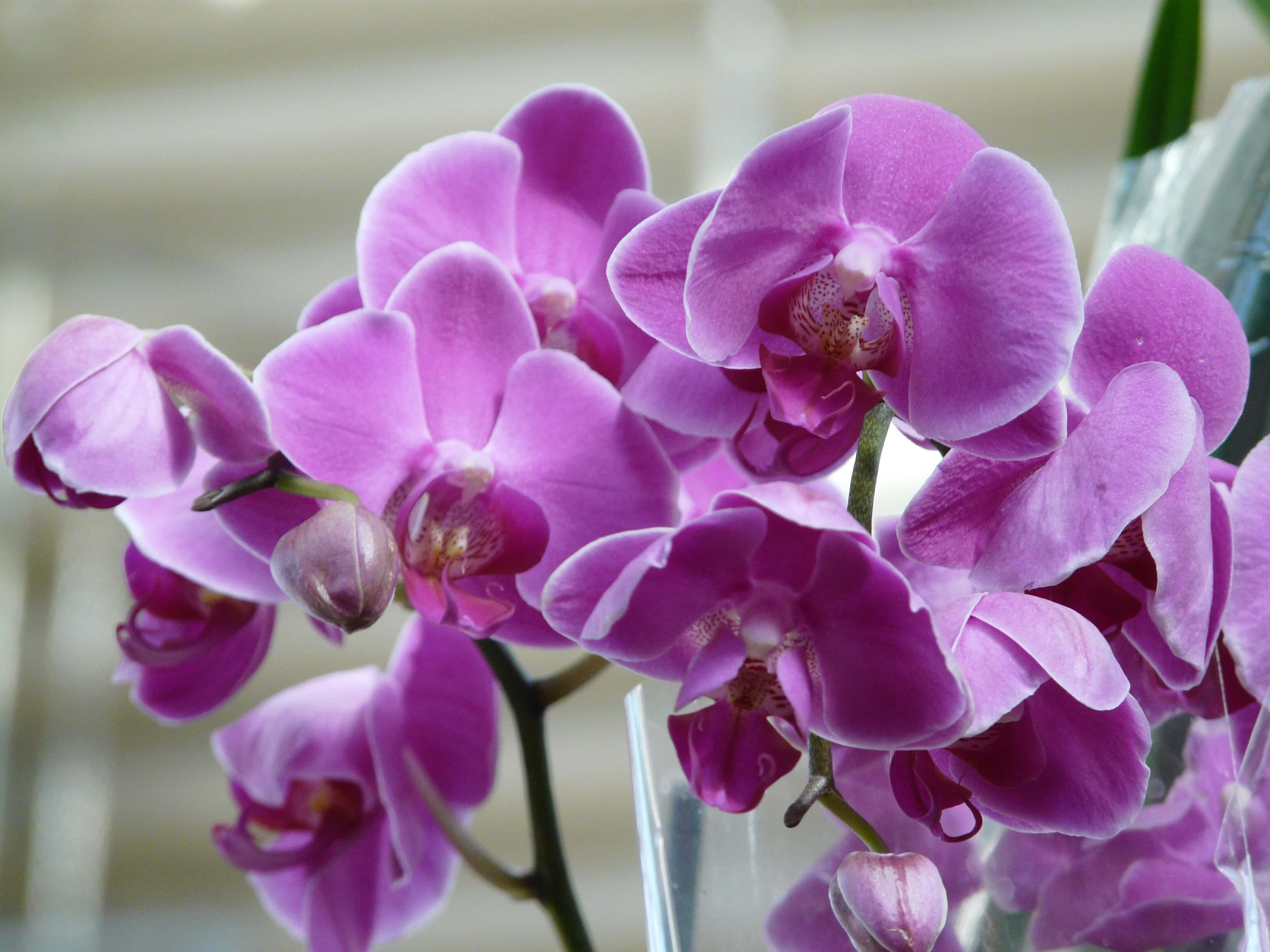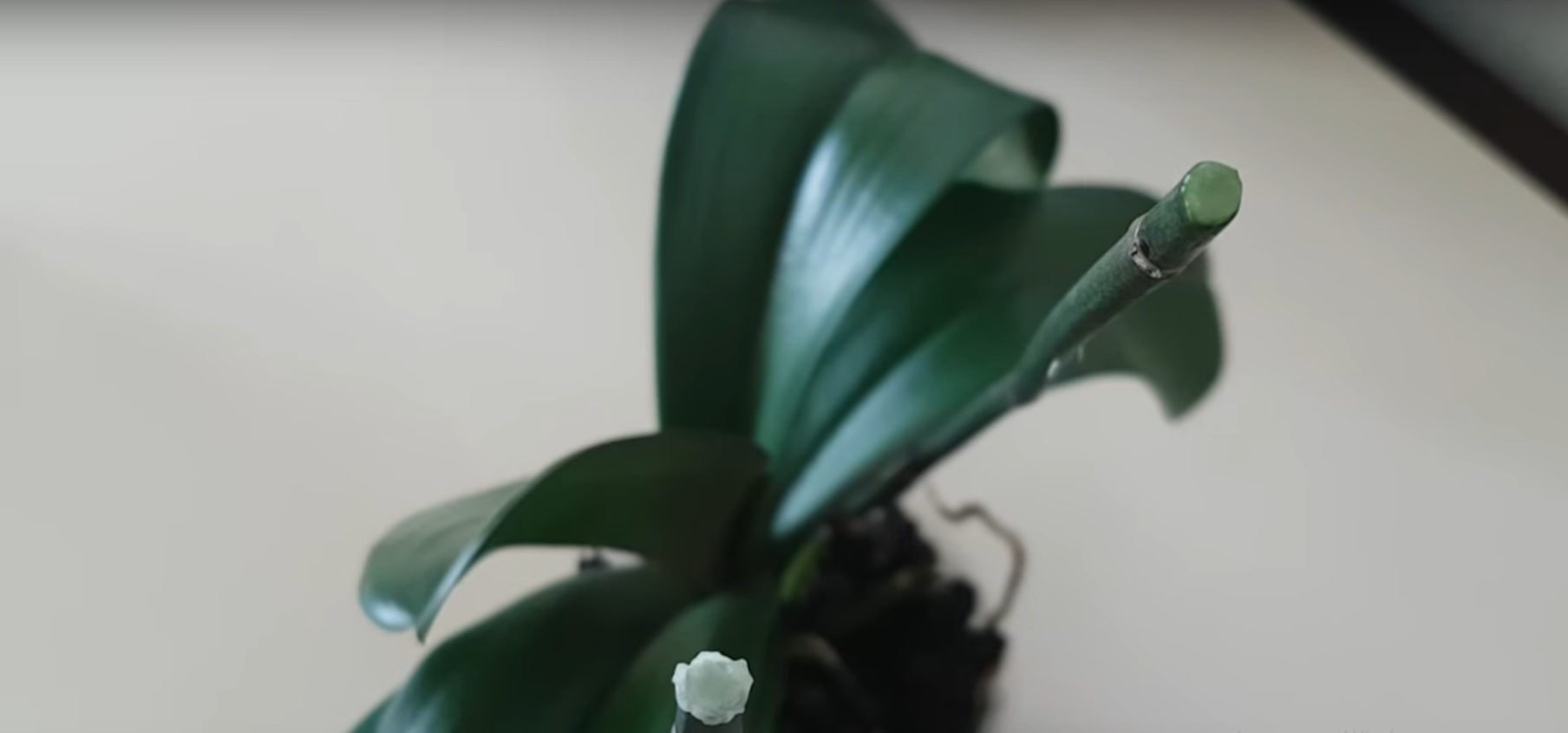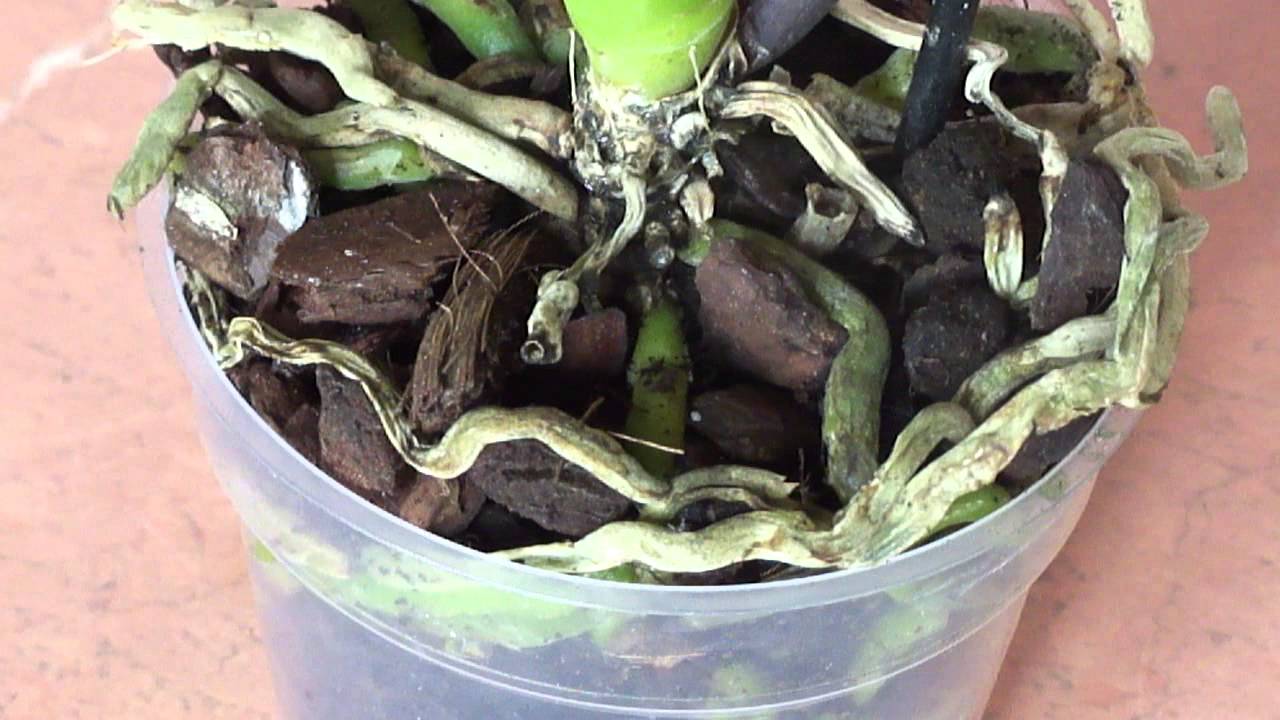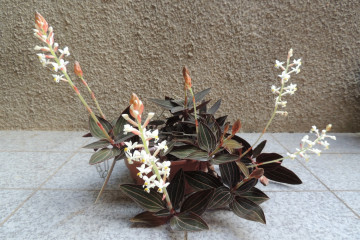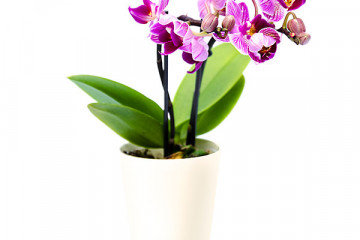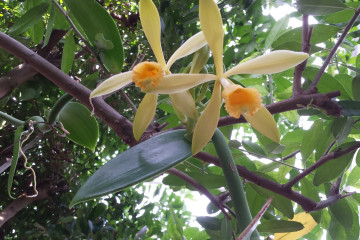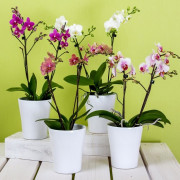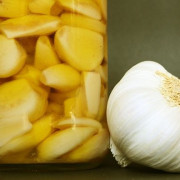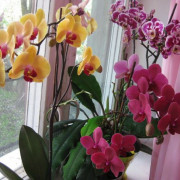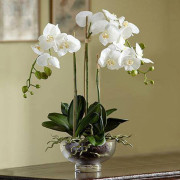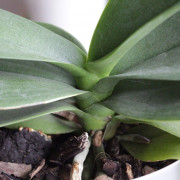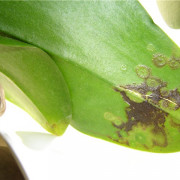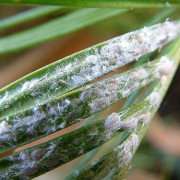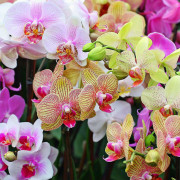The orchid has faded what to do with the arrow: care and pruning options
Content:
The orchid has faded, what to do with the arrow is a question that from time to time appears in all gardeners and flower lovers. This article will answer it, and also analyze whether the peduncles need to be cut off, and whether the plant will die if the peduncle turns yellow.
The essence of the procedure
Although the orchid is considered a houseplant, it can also grow outdoors (for example, in a garden). The recommendations given in this article apply more to houseplants. However, the processes taking place during the flowering of an orchid are identical. Here will be given tips on how to prune a flower stalk, how to care for an orchid after it has faded, and how long it takes to resume flowering.
Why do you need to cut a peduncle at all? The fact is that, after the orchid (or, scientifically, dendrobium, or phalaenopsis) has faded, new buds may appear on it. Even so, it is unlikely that she will please others. Firstly, the flower will develop for a long time (much longer than the shortened one). Secondly, she will not start new buds. That is, usually dendrobium gives several flowers on a branch, and in this case it will be only one.
So, what to do with the orchid after flowering, the details are below.
Conditions for the need for trimming
Peduncle pruning is highly desirable (if not necessary), especially if the following "symptoms" are observed:
- yellow leaves;
- exhaustion;
- drying of the flower.
However, green stems and buds can be confusing, as mentioned above, the plant can already give a new color, but for a beautiful flowering it is necessary to cut it off. This is necessary to give her a rest (by sending it to the so-called dormant period): to grow the leaves, the root system, to prepare for the next flowering.
Trimming the stalk to stimulate the new arrow
You can completely cut off the arrow from the leaf where the flower was, but this is not the best option: then, when a new one appears, it will tilt the entire peduncle, and it will not look very beautiful. It is better to count 3-4 buds from the bottom and make a cut there (it is desirable that it be no higher than 20-30 cm from the pot). It should be trimmed about 1-1.5 cm above the kidney. If the branch was green, juice may come out during pruning. If it has already dried out, be sure to cut it below this place, that is, cut off the dried area, leaving a green shoot.
Pruning must be carried out above the bud, because the peduncle at the cut will begin to dry out. So, if you cut it right near the kidney, there is a risk of drying it out (namely, a new arrow will presumably go from it).
Cropping an arrow for propagation
There is a little trick on how to slow down the drying process: you can seal the stem with wax. To do this, you need a candle (preferably neutral white).All that is needed is to light it and put a few drops of wax on the cut so that only the top cut is sealed.
The time of the appearance of a new peduncle
On average (depending on the environment the plant is in) it takes about two months for a flower to bloom. The growth rate is influenced by many factors, one of which is the amount of light: the more there is, the faster the growth will be. Therefore, it makes sense to place the plant pot in a room that receives the most sunlight.
The best time for an orchid is in the morning, when the sun is bright enough and gives a lot of heat, but does not burn. Sometimes you should not put the pot directly on the windowsill, you can consider other options: a table near the window (or just move the flower a little further, if it is already on the table top). In northern areas where daylight hours are shorter, additional lighting may be required.
In autumn, flowering usually slows down, the plant goes into a dormant period, rests and prepares for the new season.
The orchid has faded: what to do next and how to care
Now is the time for the orchid to rest. This period of flower care is special. If the orchid is still young, it is best to refrain from any fertilization.
Yes, and in principle, fertilizers should be treated with caution. The plant will itself take essential nutrients from the environment, from the water that is watered on it, from the bark in the pot, and from many other sources.
If the flower is already several months old, you can fertilize it if you wish. For this, universal complexes are suitable. However, fertilizers do not take into account the conditions in which phalaenopsis grows, so, of course, you should not abuse them.
During this period - after pruning - special fertilizers for growing foliage and roots are best suited. Young orchids have a separate flowering period and foliage and root growth, so there will be no flowers for a while. But after that, a new flowering period will begin, and there will be an opportunity to propagate it.
The plant needs to create special conditions: water it more often and spray it with water, you can turn on a humidifier (if the room has very low humidity) or place containers of water around the orchid. Watering periods should be selected based on its condition: depending on the amount of moisture in the pot and the moisture content of the bark itself. The signal for watering is the dryness of the bark and roots; there should be no fumes on the pot.
It is better to humidify the air than to create an excess of moisture for the plant. If the pot is transparent, then the condition of the roots and bark is clearly visible through it. In addition, by its weight and occupied volume, it becomes clear whether the plant needs watering now or is it worth waiting for. At temperatures in the region of 23-25 ° C, the plant's metabolism slows down, and here, the main thing is not to overdo it with watering, otherwise the water will simply not be absorbed. Slower growth is not always a cause for concern.
To control the moisture in the soil, you can insert a wooden stick (for example, from sushi) into the pot for several hours.If it absorbs moisture, then there is enough of it in the soil, and it is better to wait with watering.
How to care for an orchid after it has faded
It is highly advisable to refrain from transplants in the first six months or a year. Even if the plant has bloomed for the first time, it makes sense to leave it in the same pot for another flowering. Transplanting to another pot is always stressful for the orchid.
There is a good and simple watering technique: you need to take a bowl, put a pot with a flower there and water it with about one liter of settled water at room temperature. After that, you need to immediately get the pot out of the water, let the excess moisture drain and return it to its place. Thus, the roots will take up the required amount of water, but not oversaturated with it.
A short summary of the above:
- after the orchid fades, you should cut it off and let it rest;
- pruning is necessary in any case, regardless of whether the peduncle is yellow or green;
- fading and drying of shoots is a natural process, you do not need to be afraid of it;
- during the rest period, the plant needs active watering, so it needs to provide sufficient humidity in the room;
- until the orchid fades at least 2 times, it is better not to transplant it, so as not to damage the root system and spoil the plant;
- do not water the plant every day / every week / every one and a half weeks. It is necessary to select the frequency of watering depending on the condition of the roots. An excess of moisture is just as destructive for a plant as a shortage.
Thus, it has now become clear what to do with the orchid after flowering at home. The main thing, of course, is not to panic and just take care of the plant as usual. It is quite undemanding to care, it is important to just cut it off in time. With due attention, phalaenopsis can bloom for many years.
